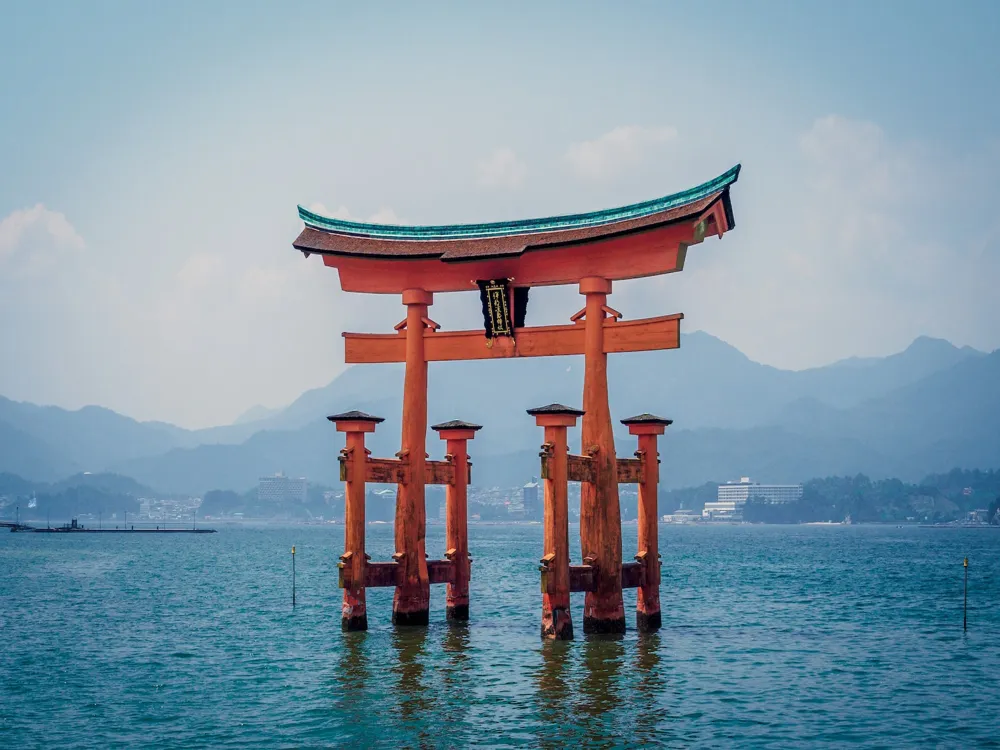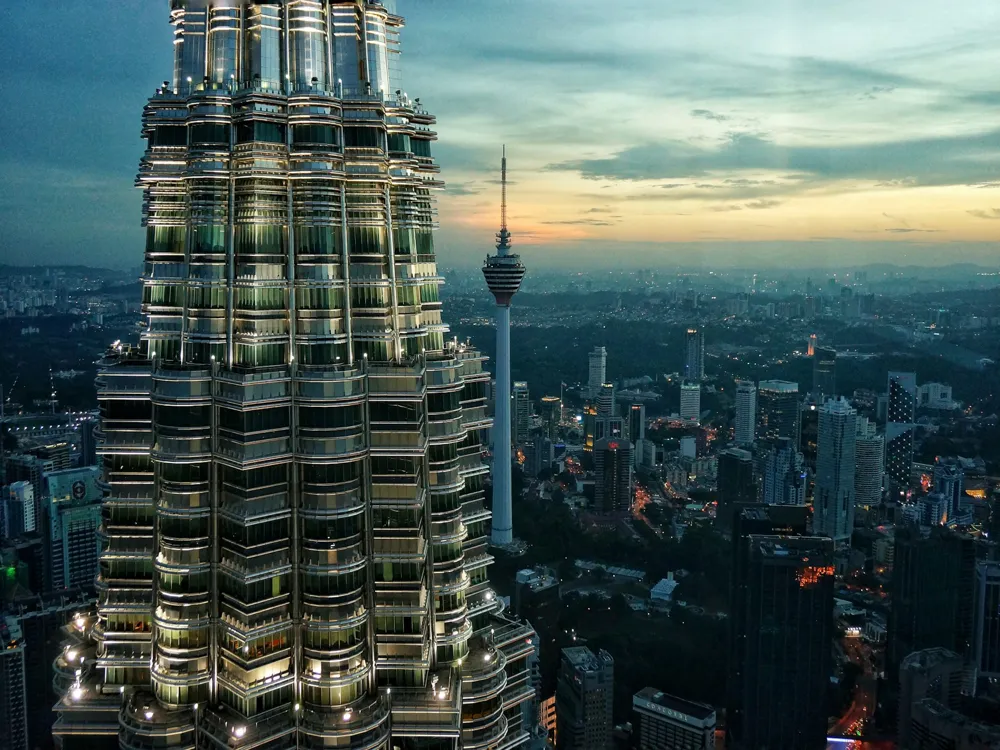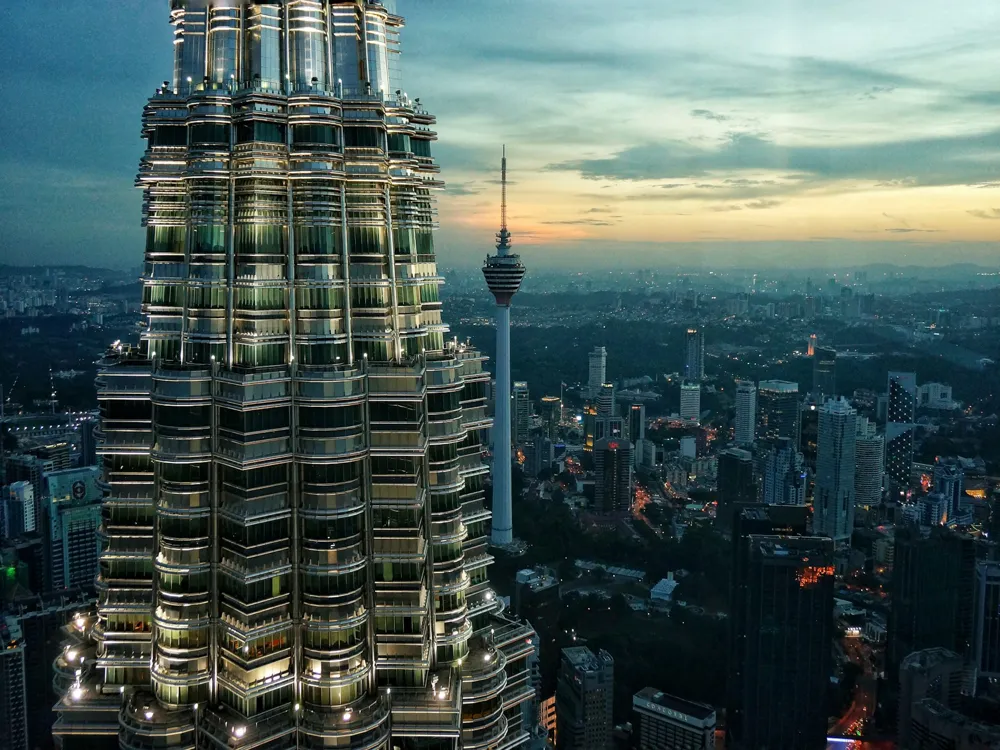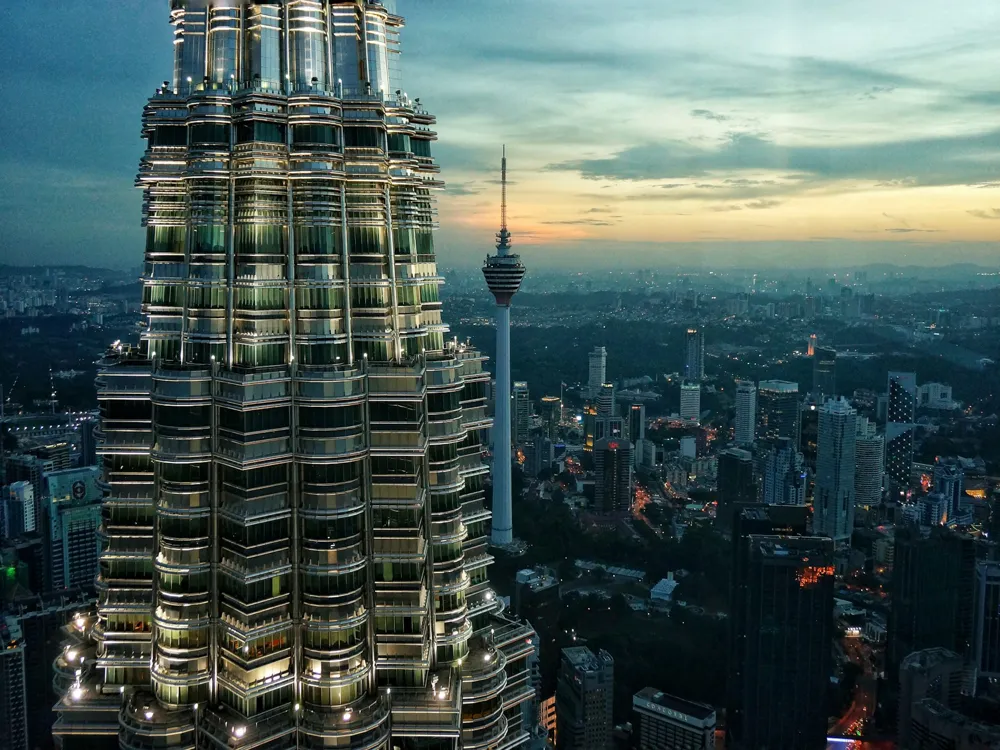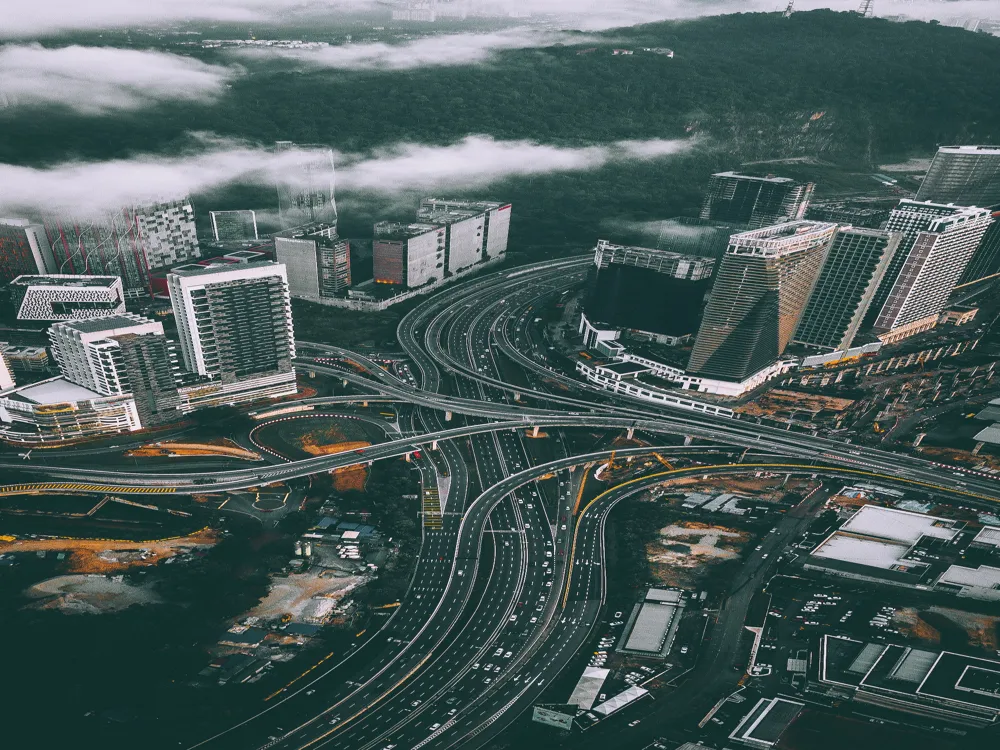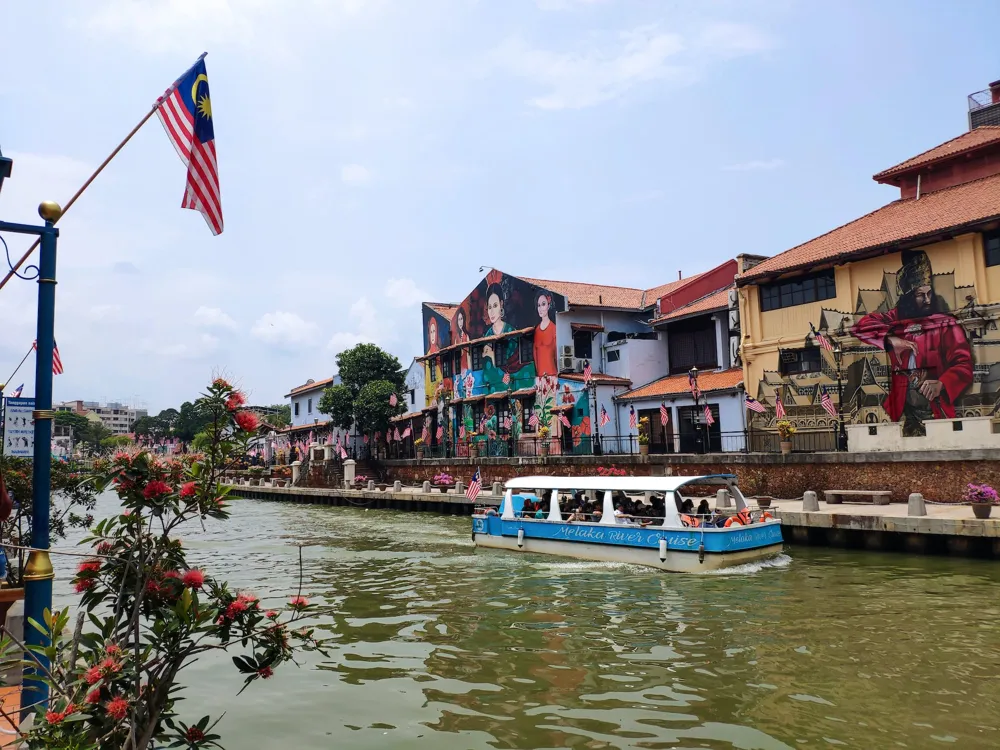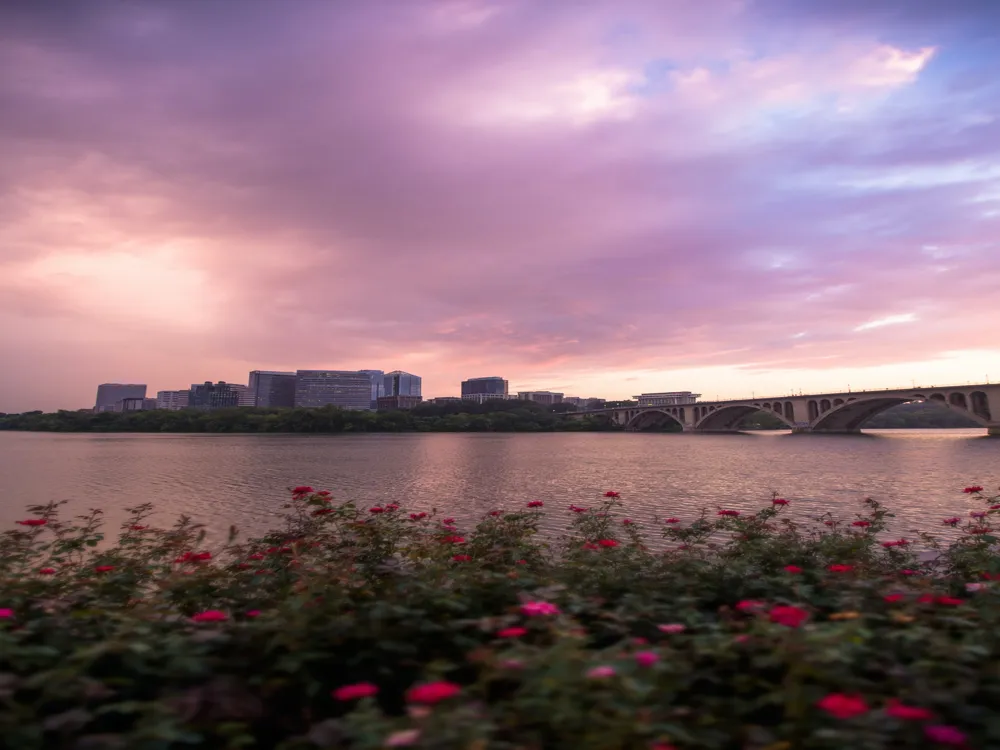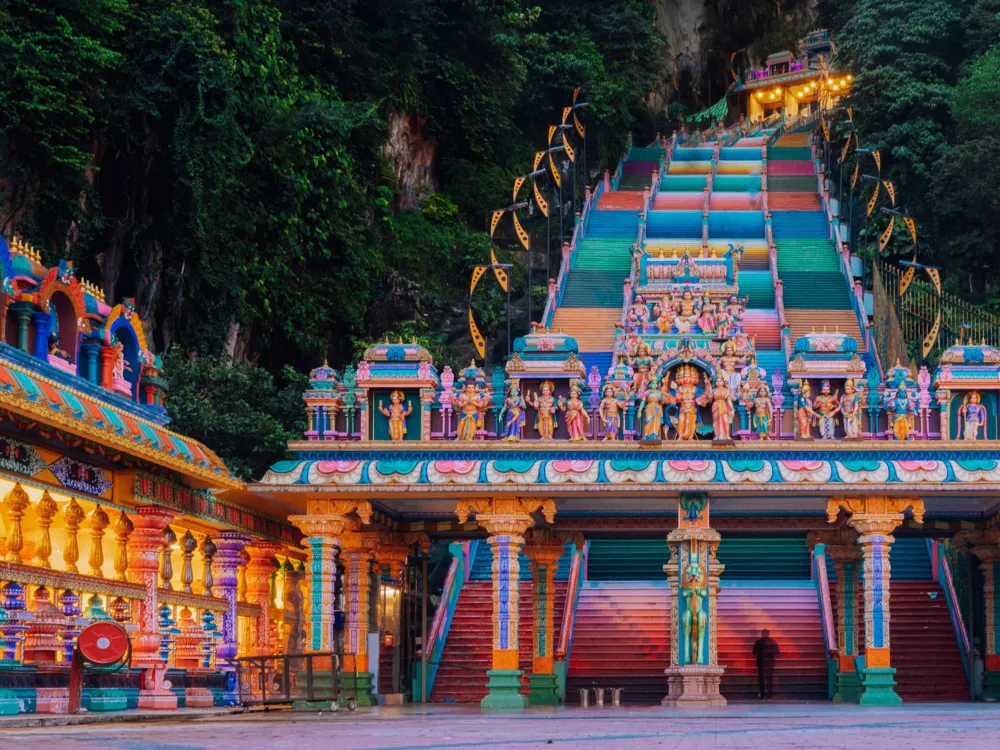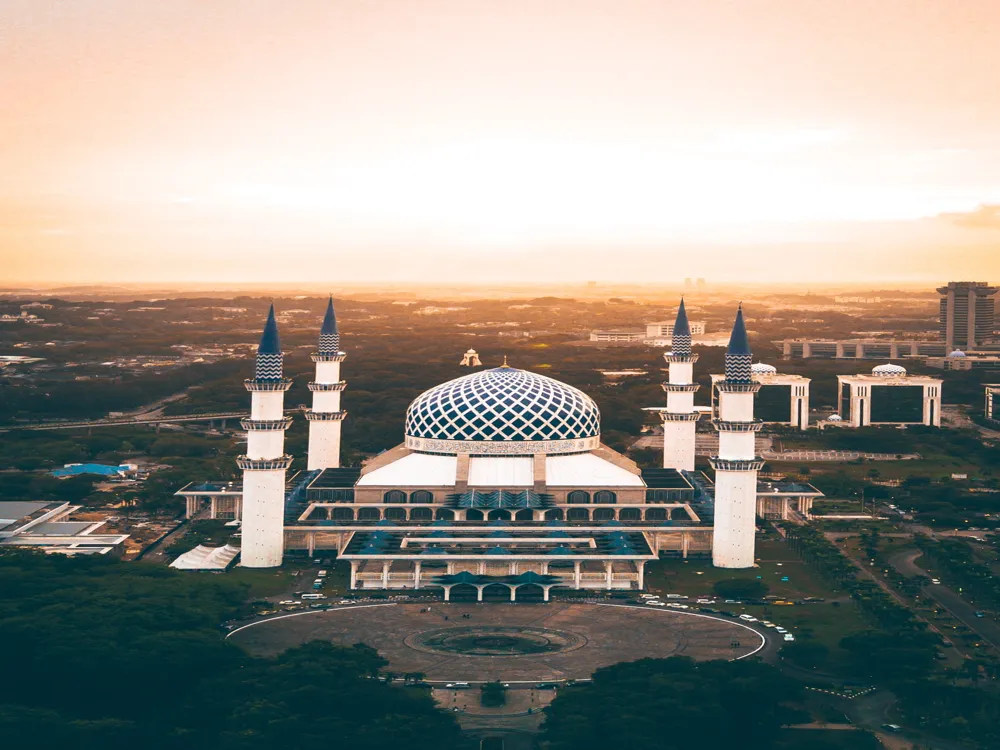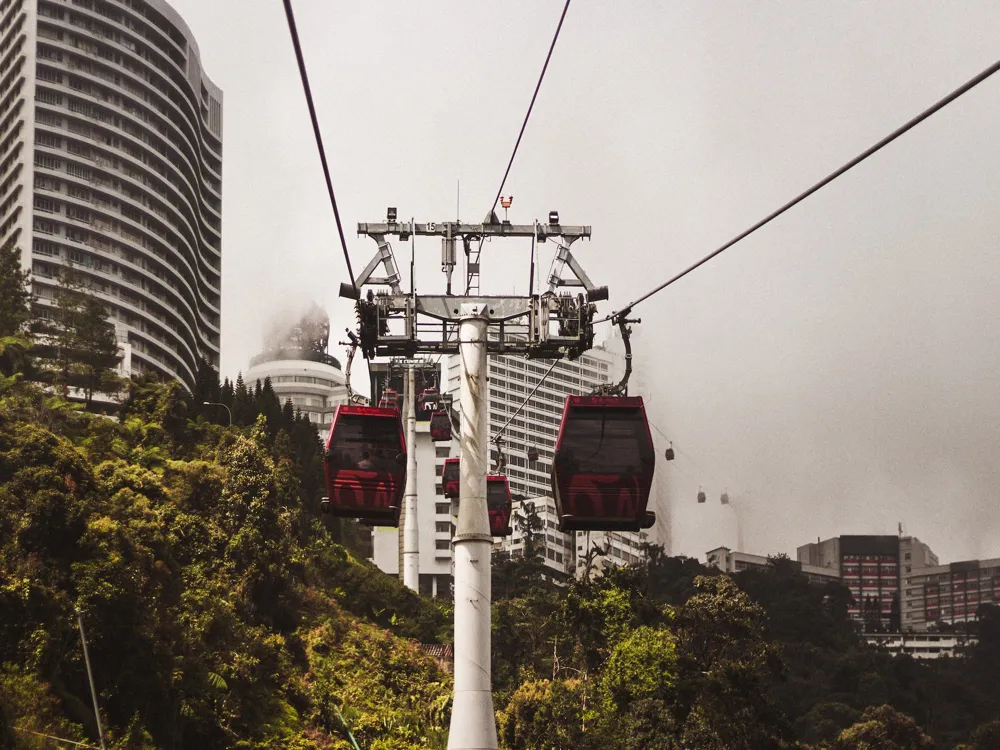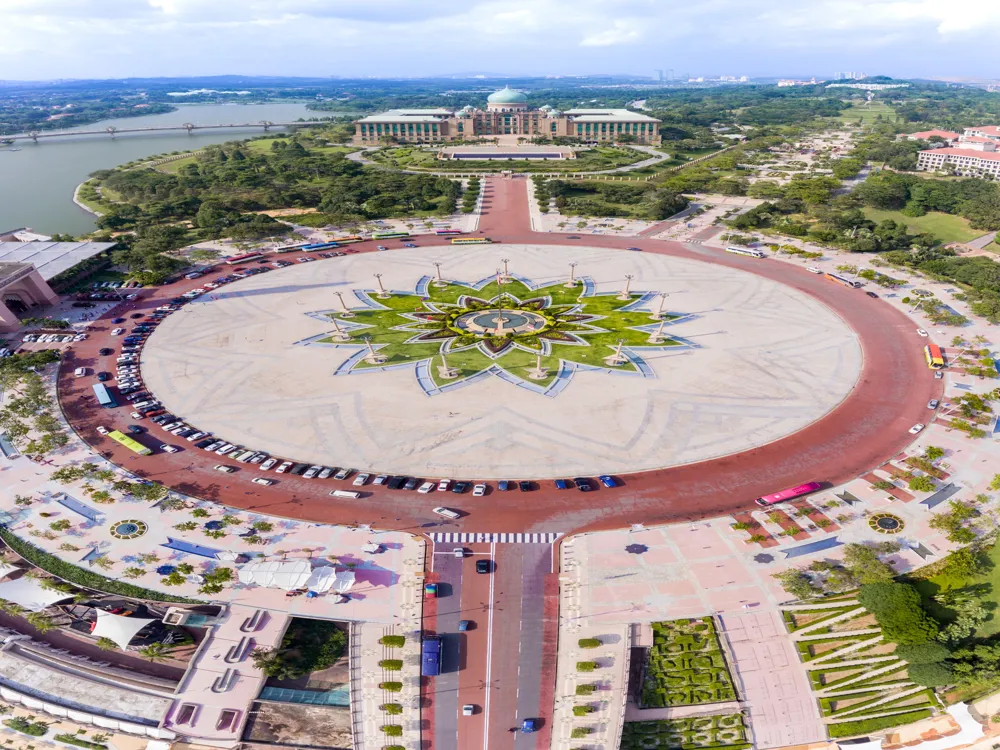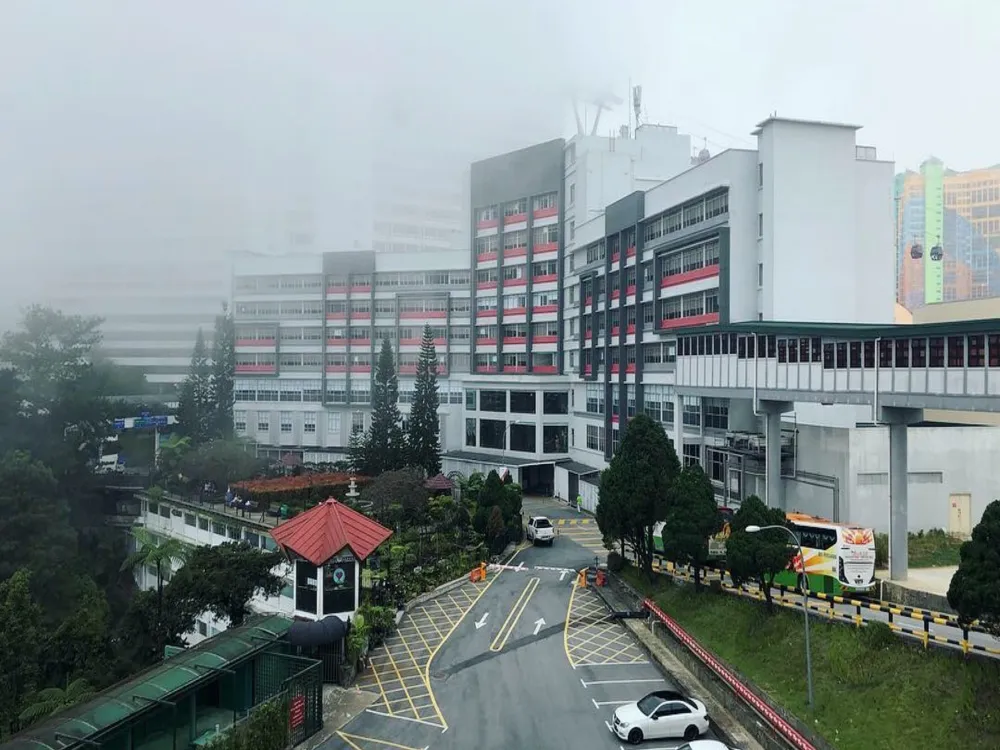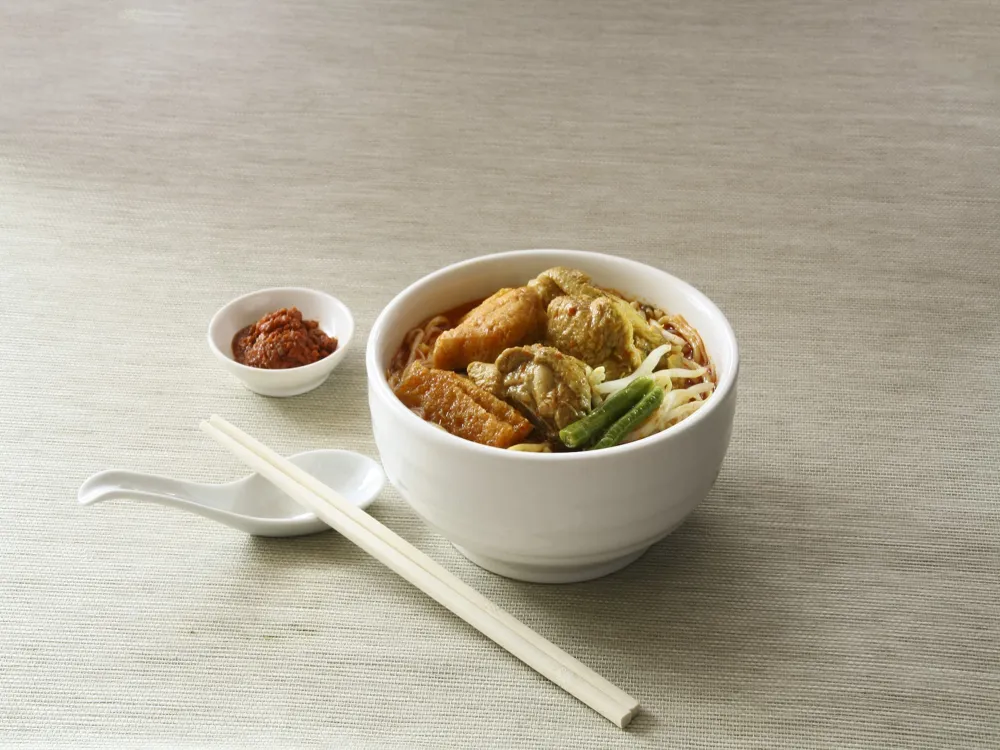Madras Lane, nestled in the bustling heart of Kuala Lumpur, is more than just a street; it's a vibrant tapestry of Malaysian culture and history. This iconic lane, located within the famous Petaling Street area, serves as a testament to the rich, multicultural heritage of Malaysia. As you step onto Madras Lane, you're immediately enveloped in an atmosphere that's distinctly characteristic of Kuala Lumpur's Chinatown. The history of Madras Lane is as colorful as the street itself. Originally a part of Kuala Lumpur's Chinatown, it has witnessed the transformation of the city from a tin-mining town to the bustling metropolis it is today. The name 'Madras Lane' is believed to have originated from the Indian city of Madras (now Chennai), reflecting the diverse cultural influences that have shaped the street. This lane has stood the test of time, surviving the tumultuous periods of war and colonization, and emerging as a symbol of resilience and cultural harmony. As you wander through Madras Lane, your senses are treated to a symphony of sights, sounds, and smells. The lane is famous for its traditional hawker stalls, offering a myriad of local delicacies that reflect the melting pot of cultures in Malaysia. From mouth-watering street food to traditional Chinese medicines, every stall has a story to tell. The street is not just a food haven; it is a living museum, displaying the rich culinary heritage of Malaysia. The architecture of Madras Lane is a fascinating blend of colonial and traditional Chinese styles. The buildings, with their vintage façades and ornate decorations, take you back in time, offering a glimpse into Kuala Lumpur's past. These architectural marvels are more than just structures; they are silent storytellers, narrating tales of the people and events that have shaped this street over the decades. Madras Lane is not only a hub for gastronomical delights but also a center for cultural and social activities. The street comes alive during festivals like Chinese New Year and Deepavali, showcasing the harmonious blend of different cultures. The vibrant decorations, traditional music, and dance performances transform the lane into a carnival of sorts, celebrating the diversity and unity of Malaysia's people. In recent years, Madras Lane has also become a canvas for local artists, with stunning murals adorning the walls of its buildings. These artworks add a contemporary touch to the historical backdrop, making Madras Lane a unique blend of the old and the new. The lane is not just a tourist attraction; it's a living, breathing part of Kuala Lumpur that continues to evolve and inspire. The architecture of Madras Lane Petaling Street is a visual feast, embodying the rich tapestry of Kuala Lumpur's history and culture. As you walk through the lane, you are transported back in time, courtesy of the eclectic mix of architectural styles that line the street. The buildings here are not just structures; they are monuments that tell the story of a city that has grown from a small mining town to a modern metropolis. The predominant architectural style in Madras Lane is a fusion of Colonial and traditional Chinese influences. This blend is a reflection of Malaysia's colonial past and the significant Chinese population that has called this area home for centuries. The Colonial-style buildings, characterized by their symmetrical design and classical details, stand as a reminder of British rule in Malaysia. These buildings often feature high ceilings, large windows, and verandas, designed to provide relief from the tropical climate. Interspersed among these colonial structures are traditional Chinese shophouses. These shophouses are a distinctive feature of Southeast Asian architecture and are particularly prevalent in areas with a strong Chinese heritage. The typical Chinese shophouse in Madras Lane features a narrow frontage with a longer depth, a layout that maximizes space in densely populated areas. These buildings often have intricately carved woodwork and brightly colored façades, adorned with Chinese motifs and symbols. Another striking feature of Madras Lane's architecture is the use of ornate tilework and wrought iron, elements that add a touch of elegance and charm to the buildings. The tiles, often imported from Europe or China, come in a variety of patterns and colors, contributing to the vibrant aesthetic of the street. The wrought iron, used in balconies and window grilles, showcases the skilled craftsmanship of the era and adds a decorative element to the functional aspects of the buildings. In recent years, Madras Lane has seen a resurgence in the appreciation of its architectural heritage. Efforts have been made to preserve and restore the historic buildings, ensuring that the legacy of the street is maintained for future generations. These conservation efforts have not only protected the physical structures but have also helped in keeping the cultural and historical narrative of the street alive. The architecture of Madras Lane is more than just a backdrop for the bustling activities of the street. It is an integral part of the identity of Petaling Street and Kuala Lumpur as a whole. The buildings stand as silent witnesses to the changes that have swept through the city, each brick and tile soaked in history. As you explore Madras Lane, take a moment to appreciate these architectural gems, for they are the keystones that hold together the rich tapestry of Kuala Lumpur's heritage. The best time to visit Madras Lane is in the morning or late afternoon to avoid the midday heat. The street is less crowded during weekdays, offering a more relaxed experience. Don't miss out on the local cuisine at the hawker stalls. Try local delicacies like Assam Laksa, Curry Mee, and the famous Air Mata Kucing (a refreshing fruit drink). Respect local customs and traditions. Dress modestly, and always ask for permission before taking photos of people or private property. Take your time to explore and appreciate the unique blend of Colonial and Chinese architecture. Look out for intricate details like tilework and iron grilles. When shopping, don't be afraid to negotiate prices. It's a common practice and part of the local shopping experience. Madras Lane Petaling Street is easily accessible and well-connected to various parts of Kuala Lumpur. If you're using public transport, the closest LRT (Light Rail Transit) station is Pasar Seni, which is just a short walk away from Petaling Street. From the station, head south towards Jalan Sultan and turn left onto Jalan Petaling, where Madras Lane is located. For those who prefer driving, there are several parking options available in the vicinity, though it's advisable to arrive early to secure a spot due to the popularity of the area. Alternatively, ride-hailing services like Grab are a convenient option, dropping you off right at the entrance of Madras Lane. Another option for tourists is to use the Hop-On Hop-Off Bus, which stops at various tourist attractions around Kuala Lumpur, including Petaling Street. This is a great way to see the city and reach Madras Lane without the hassle of navigating public transport or driving. Regardless of how you choose to travel, getting to Madras Lane Petaling Street is straightforward and part of the adventure of exploring the rich cultural landscape of Kuala Lumpur. Read More:Overview of Madras Lane Petaling Street, Kuala Lumpur
Architecture of Madras Lane Petaling Street
Tips When Visiting Madras Lane Petaling Street
Best Time to Visit
Local Cuisine
Cultural Etiquette
Exploring the Architecture
Negotiating Prices
How To Reach Madras Lane Petaling Street
Madras Lane Petaling Street
Kuala Lumpur
₹ 18,000 onwards
View kuala-lumpur Packages
Weather :
Tags : Street Food & Drinks
Timings : 8:30 AM - 3:00 PM
Nearest Metro Station : Kuala Lumpur station
Planning a Trip? Ask Your Question
Kuala-lumpur Travel Packages
View All Packages For Kuala-lumpur
Top Hotel Collections for Kuala-lumpur

Private Pool

Luxury Hotels

5-Star Hotels

Pet Friendly
Top Hotels Near Kuala-lumpur
Other Top Ranking Places In Kuala-lumpur
View All Places To Visit In kuala-lumpur
View kuala-lumpur Packages
Weather :
Tags : Street Food & Drinks
Timings : 8:30 AM - 3:00 PM
Nearest Metro Station : Kuala Lumpur station
Planning a Trip? Ask Your Question
Kuala-lumpur Travel Packages
View All Packages For Kuala-lumpur
Top Hotel Collections for Kuala-lumpur

Private Pool

Luxury Hotels

5-Star Hotels

Pet Friendly







